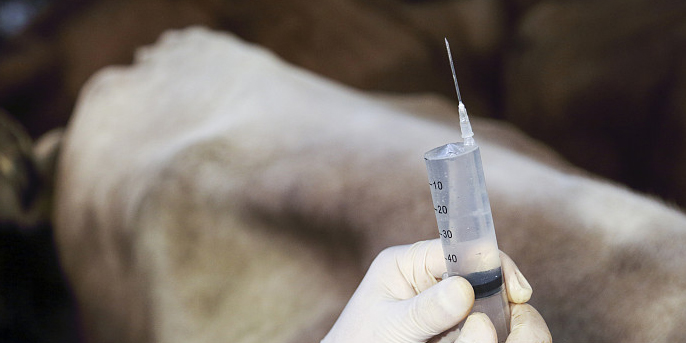The pharmacological and toxicological properties of furazolidone have been briefly reviewed. Among the most important pharmacological actions of furazolidone is the inhibition of mono- and diamine oxidase activities, which seem to depend, at least in some species, on the presence of the gut flora. The drug also seems to interfere with the utilization of thiamin, which is probably instrumental in the production of anorexia and loss of body weight of the treated animals. Furazolidone is known to induce a condition of cardiomyopathy in turkeys, which could be used as a model to study alpha 1-antitrypsin deficiency in man. The drug is most toxic to ruminants. The toxic signs observed were of nervous nature. Experiments are in progress in this laboratory to try to explain the mechanism(s) by which this toxicity is brought about. It is uncertain whether the use of furazolidone at the recommended therapeutic dose would result in drug residues in tissues of treated animals. This is a matter of public health importance as the drug has been shown to possess a carcinogenic activity. It is important that a simple and reliable method of identification and estimation of furazolidone residues be devised. More work is needed to elucidate the mode of action and biochemical effects caused by the drug in both the host and the infective organisms.
Post time: Oct-08-2021


